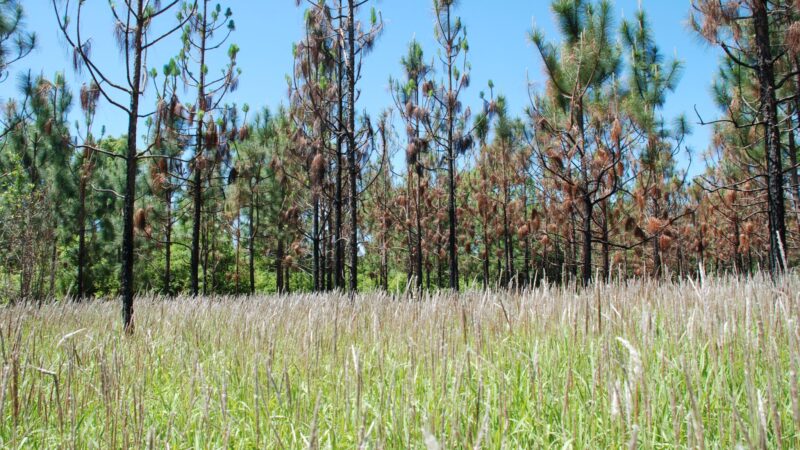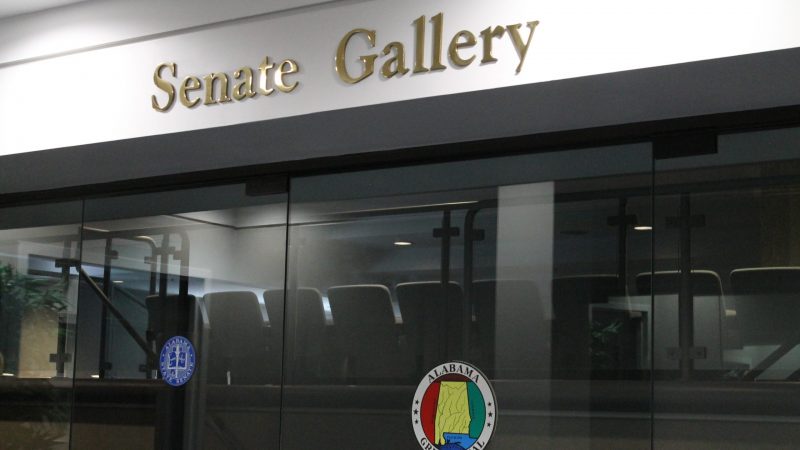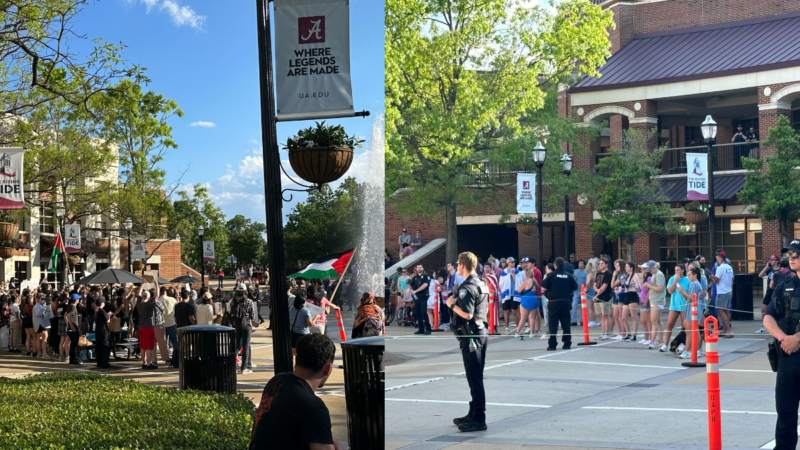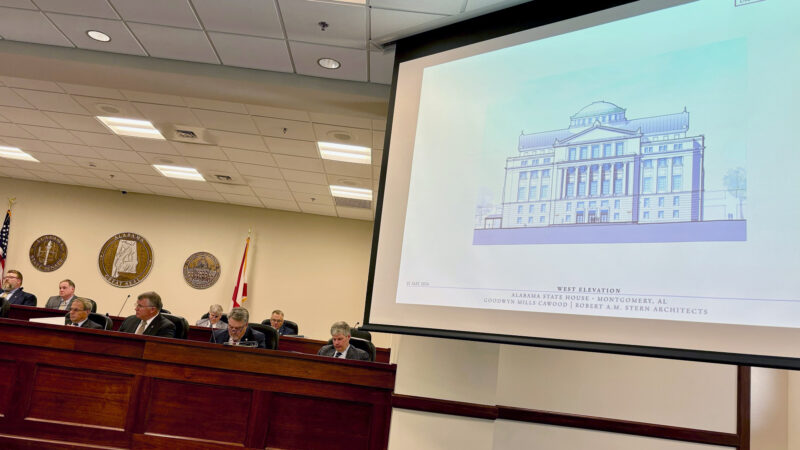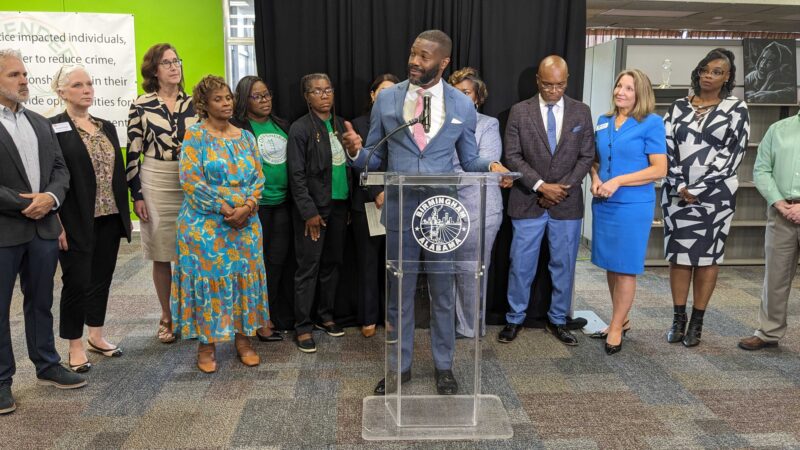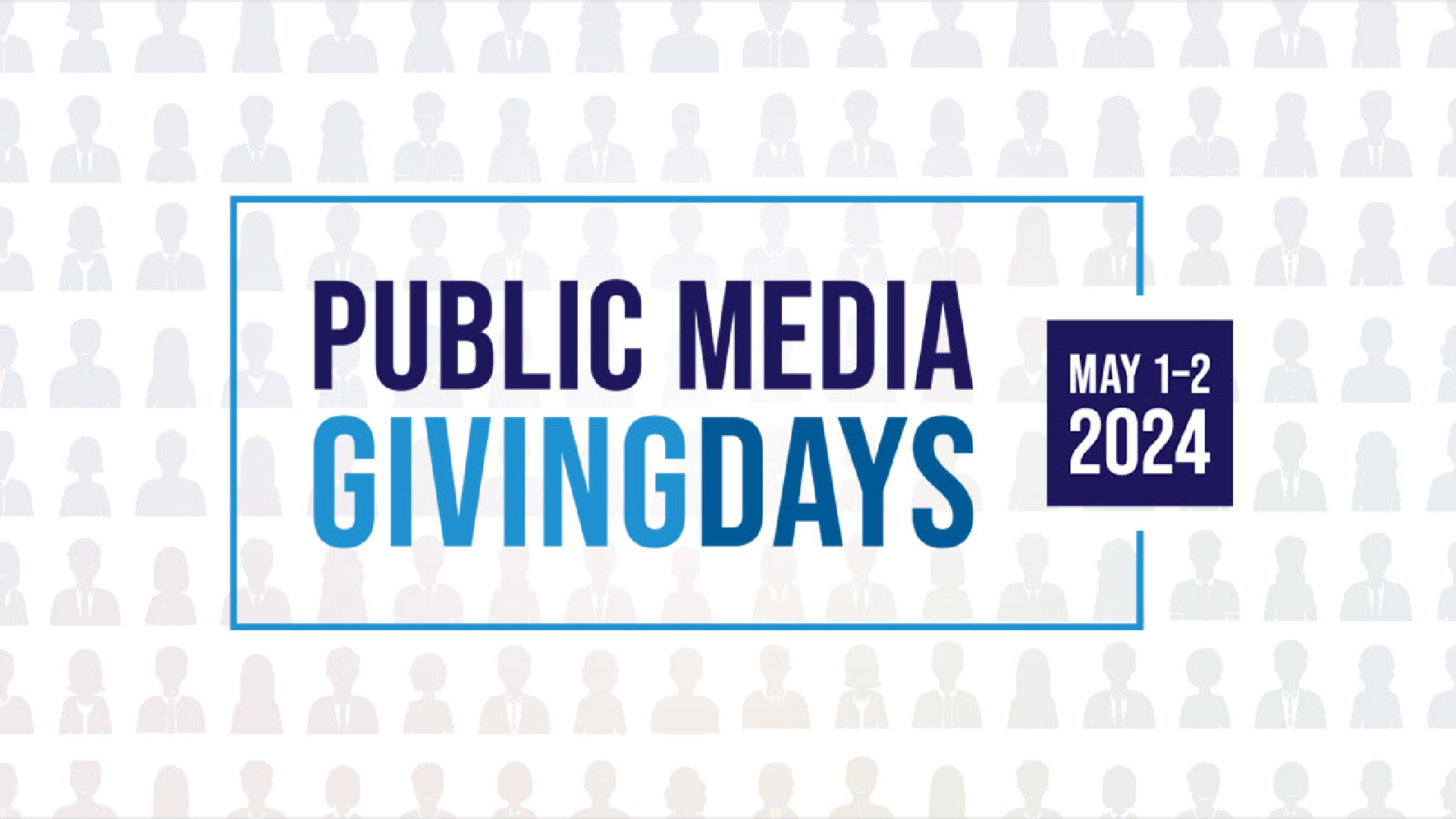Railroad Park Opens
New York has Central Park. There’s Grant Park in Chicago. Atlanta has Centennial Olympic Park as well. They’re parks sitting right in the middle of an urban landscape. And on Saturday Birmingham will have Railroad Park.
The idea of a downtown park in Birmingham goes back decades. It took more than 10 years to build Railroad Park, which lays along the railroad tracks between UAB and downtown Birmingham. As officials open it tomorrow, they’re hoping Birmingham’s new “backyard” will bring not just people, but business too. WBHM’s Andrew Yeager reports.
One thing that may surprise you is that don’t really hear blaring train whistles at Railroad Park. In fact recently, there’s been more noise from saws, diesel engines and construction equipment as crews put on the finishing touches. Katherine Estes Billmeier is executive director of the Railroad Park Foundation. She stands under a large awning. It’s the 17th Street Pavilion.
“And it’s meant to look like a train station with the railroad cars underneath.”
It’s an homage to Birmingham’s history as a railroad hub where iron, steel, coal and other industrial material rode the rails. Today Billmeier is eager to share the amenities of the new park.
“This is but one of several different age-specific play areas here. It’s a climbing dome.”
“So here you see the stream working. Fun place to sit on these and splash your feet in the water.”
“Plenty of lush green lawn to have your own little oasis right here in the middle of urban downtown.”
There’s an amphitheater. A third of mile long trail. Free wi-fi. Round the clock security with an interactive camera system.
“They’re on candid camera 24-7. So if you pick your nose we’re gonna catch it.”
Railroad Park covers 19 acres. About a third of it is water. And the reason you don’t hear much train noise is because there’s not a rail crossing downtown. So trains don’t have to blow their whistles. It’s actually relatively quiet.
A Renewed Neighborhood
Just under half of the money for this $25 million project came from public funds. Billmeier calls it a game changer.
“People continually say that they want green space. That they want a place to play. They want a place to come and relax. Having this sort of area in the middle of downtown provides a lot of that for the workers at UAB. For the workers at downtown.”
It would be a major change for this blighted area of the city.
At lunch time on a weekday, right by the main pavilion in Railroad Park, a sheriff’s car goes by, a few other cars and a jogger. That’s about it. Not a lot going on here.”
After walking about three or four blocks toward UAB, the lunch crowds start to appear. But of the 20 or so people I talk to, only two had even heard of Railroad Park.
That doesn’t mean there isn’t interest once they do hear. Nursing student Sherri Blackerby says she’d probably check it out.
“I’m always looking for things to do outdoors or something different that I can do to take my children. They’re five and seven. You know, anything that’s out of the ordinary is at least good to try.”
Successful Development
Tre Jerdon is a researcher at the American Planning Association. She says it’s a pretty safe bet that people will use parks if they’re promoted and people feel safe there. Jerdon says parks do reliably spur economic development be it restaurant, retail or residential. They promote tourism. Even healthier lifestyles. But…
“It does take more than just putting the park in a spot and people flocking to it.”
Jerdon says generating economic growth takes three things – political leadership, collaboration between residents and those making the decisions and being careful that the park “fits” into the existing neighborhood.
Susan Mason is one of the few people who already call the Railroad Park neighborhood home. She’s co-owner of B and A Warehouse, a catering and event facility right across the street from the park. B and A will actually support what’s called the dining car, kind of a stripped down cafe serving sandwiches and salads for lunch at the main pavilion. Mason says she doesn’t know what to expect.
“It is truly a crap shoot. I don’t have a clue, who’s coming, when they’re going to be here. So it’s going to be a little daunting at first.”
Mason expects the park to bring her business more visibility. As for that larger question of the park turning around this blighted area, Mason is succinct.
“Who knows?”
However, Katherine Estes Billmeier believes as the economy recovers, development will come. She points to other projects underway near the park.
“The Cityville apartment complex is a couple of blocks from us. It’ll be great usage for them. The Pizitz Building that’s going to be restored will have a great view onto the park. And there’s talk and lots of plans being developed.”
The most recent talk is of a baseball stadium near the park. Discussion isn’t through for Railroad Park itself. Long term plans call for green space to stretch along the railway to Sloss Furnace. Right now though Billmeier hopes people just come out and play.
This spiky-stemmed invasive grass is taking over Alabama
Classified as one of the worst weeds in the world, cogongrass aggressively crowds out native species and costs Alabama landowners tens of millions of dollars in lost revenue.
Gambling bill in doubt with three days left in the legislative session
Alabama lawmakers are coming down to the finish line for this year’s legislative session. Many bills await passage, but perhaps the biggest one up in the air is a lottery and gambling bill.
Pro-Palestinian demonstration draws counter-protest at University of Alabama
Students gathered demanding the school call for a permanent and immediate ceasefire and to push the school to sever ties with defense contractor Lockheed Martin.
A new Statehouse and related projects will cost about $400 million
The Alabama Legislative Council, a 20-member panel comprised of legislative leaders and their appointees, approved the construction of the new Statehouse last year. The panel was given an update on the project on Wednesday.
New pilot program will offer housing, resources to people leaving prison
The Birmingham Reentry Alliance will provide wrap around services to dozens of men and women adjusting to life after prison.
Alabama committee advances ban on LGBTQ+ pride flags in classrooms
The Senate Education Policy Committee voted 5-2 for the House-passed bill, putting the proposal in line for a possible final passage in the last four days of the legislative session.

